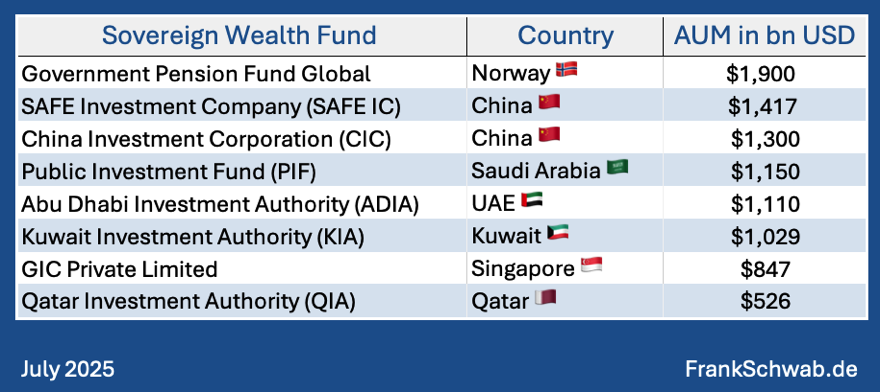Annual Planning in Banking IT

The annual struggle of IT project planning in the banking sector highlights a fundamental challenge: the disconnect between ambition and reality. This ritual is flawed for several reasons. Firstly, it assumes that all IT projects are created equal. In reality, some projects yield significant benefits for the bank and its customers, while others may offer only marginal improvements or even prove detrimental. Secondly, it overlooks the crucial role of IT in driving innovation and competitive advantage. Banks that fail to invest strategically in IT risk falling behind their rivals, losing market share, and ultimately jeopardizing their long-term viability.
The key to overcoming this challenge lies in proper prioritization. This involves not just reducing the number of IT projects, but selecting the right ones. Desirable projects are those that create tangible and measurable benefits for the bank and its customers, such as faster payment processing, more reliable and accessible account services, or enhanced security features. By focusing on such projects, banks can ensure that their IT investments deliver maximum value and contribute to their overall strategic goals.
Moreover, proper prioritization requires a clear understanding of the bank's overall business objectives and the role of IT in achieving them. This means aligning IT projects with the bank's strategic priorities, ensuring that they support the bank's core business functions, and delivering a clear return on investment. It also involves involving key stakeholders in the prioritization process, including business leaders, IT experts, and customer representatives, to ensure that all perspectives are considered and that the chosen projects have broad support.
Published in SundayThoughts, banking, technology, planning, all on 01.09.2024 7:30 Uhr.








